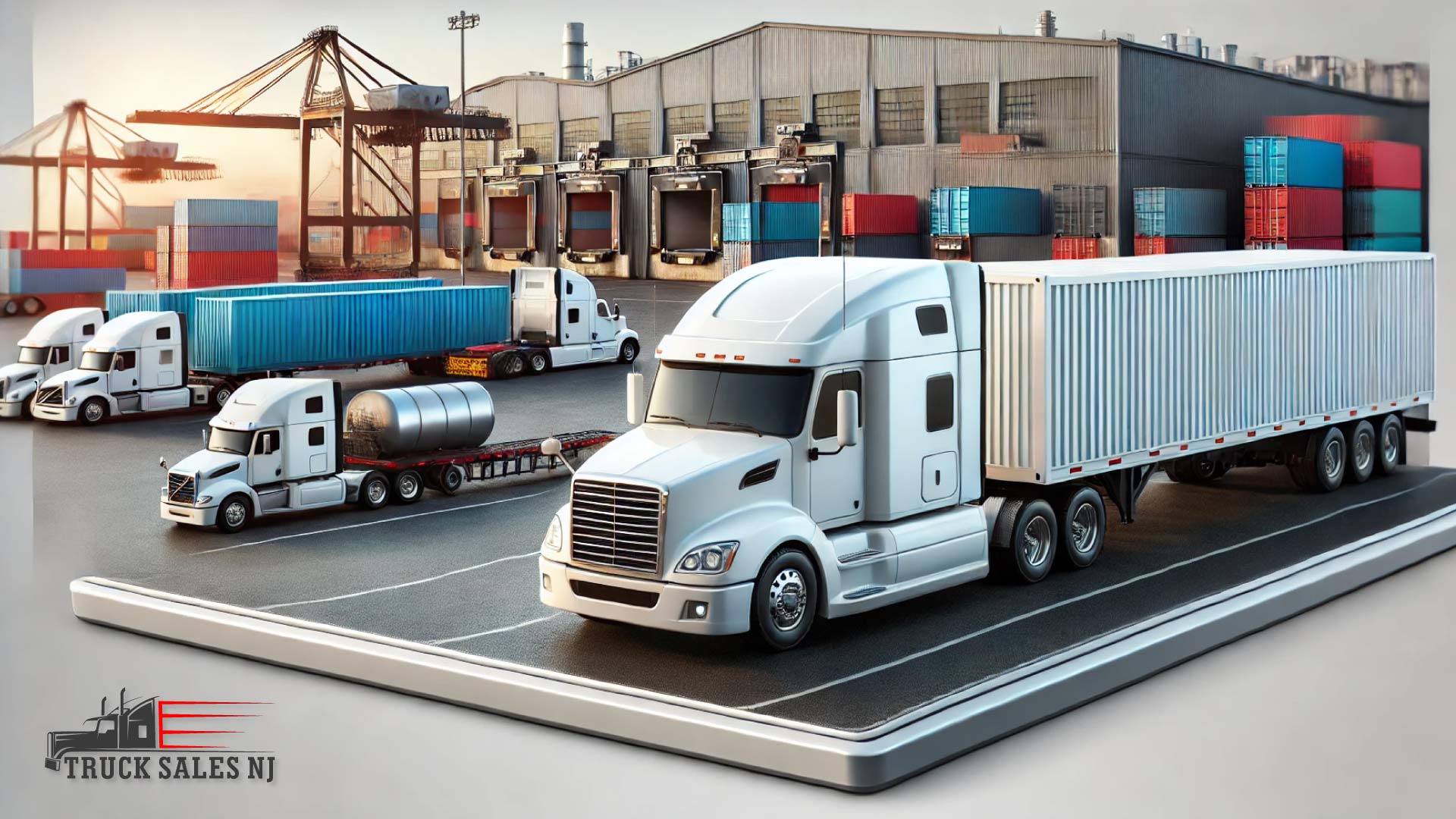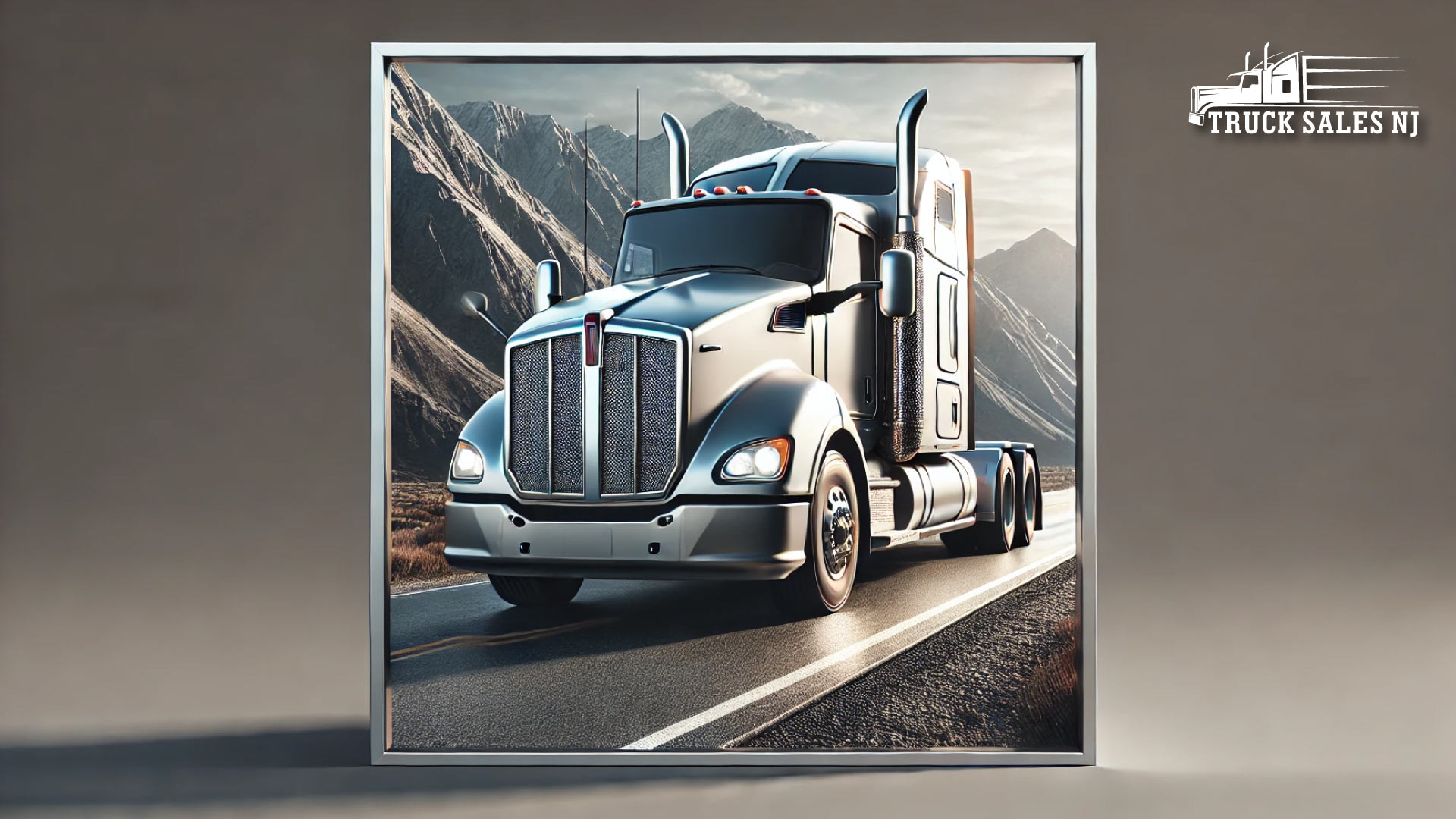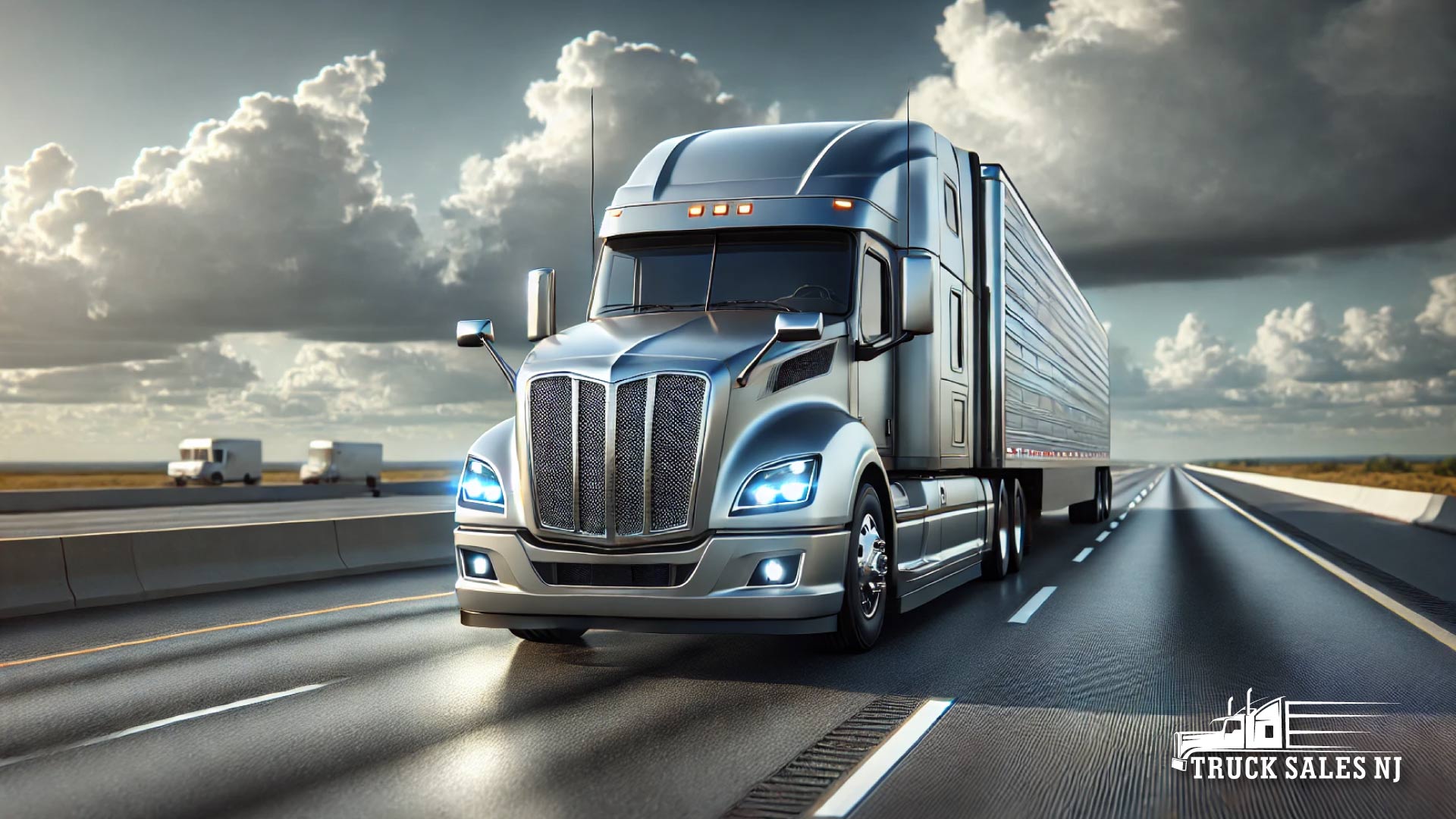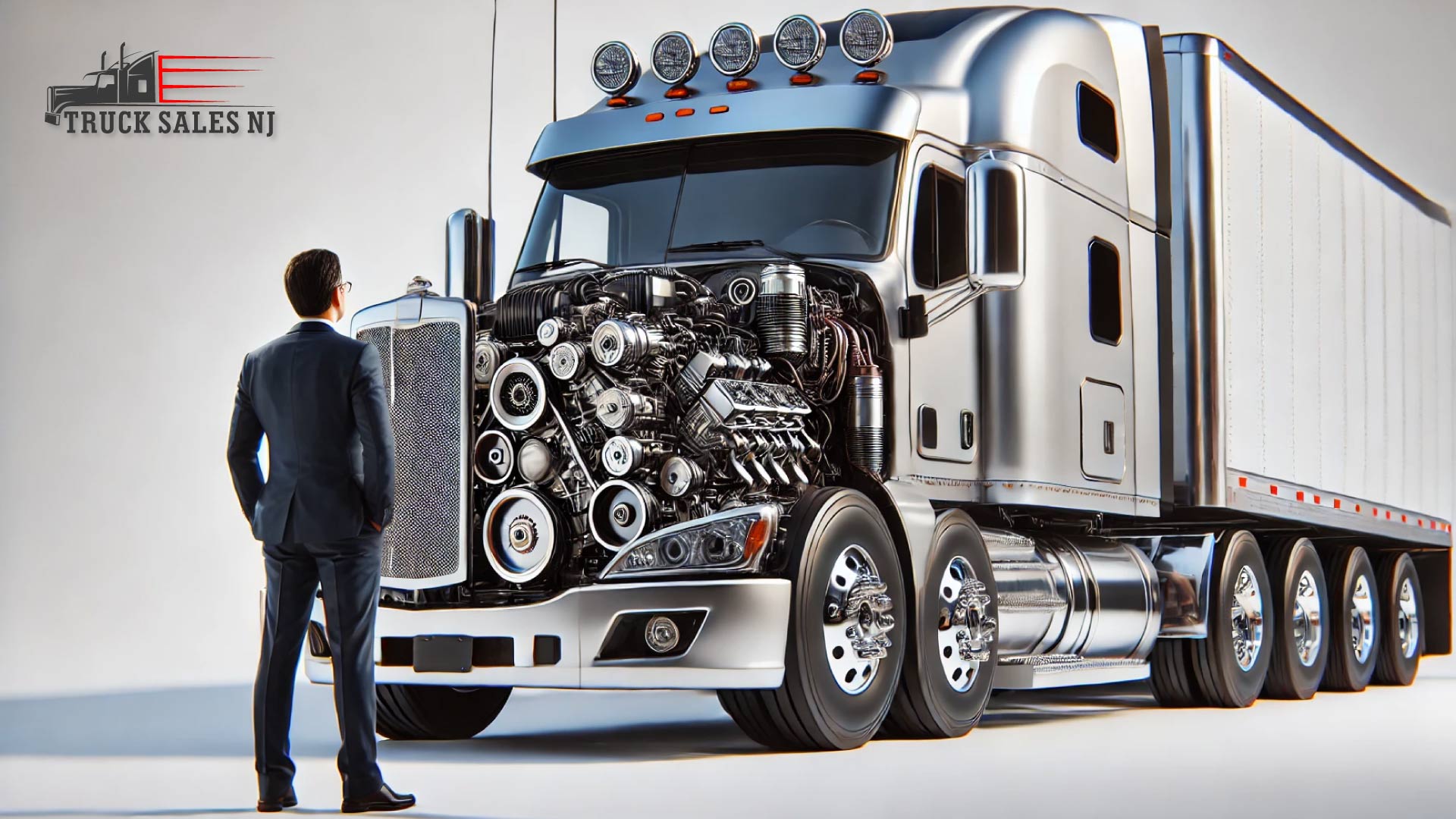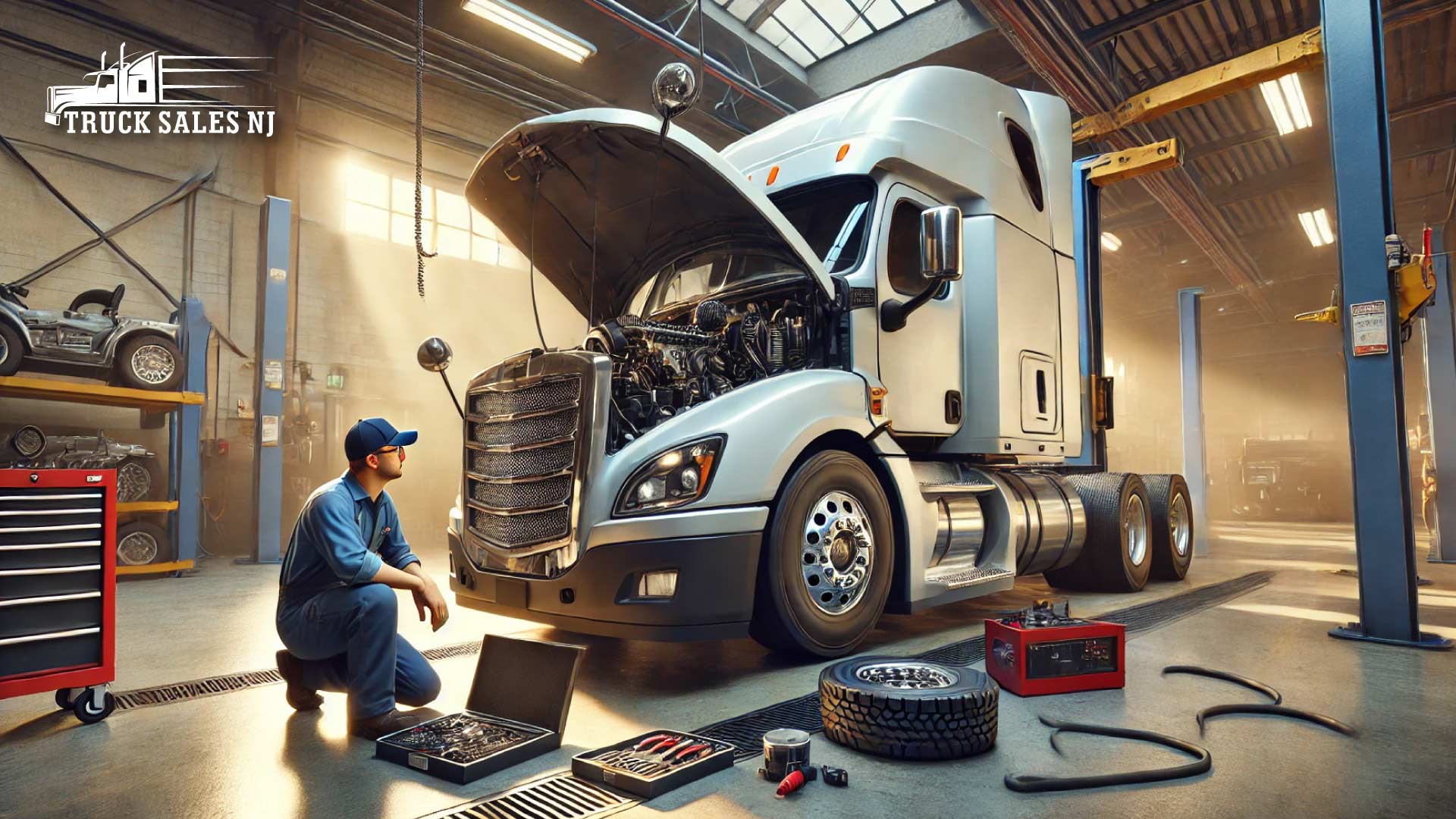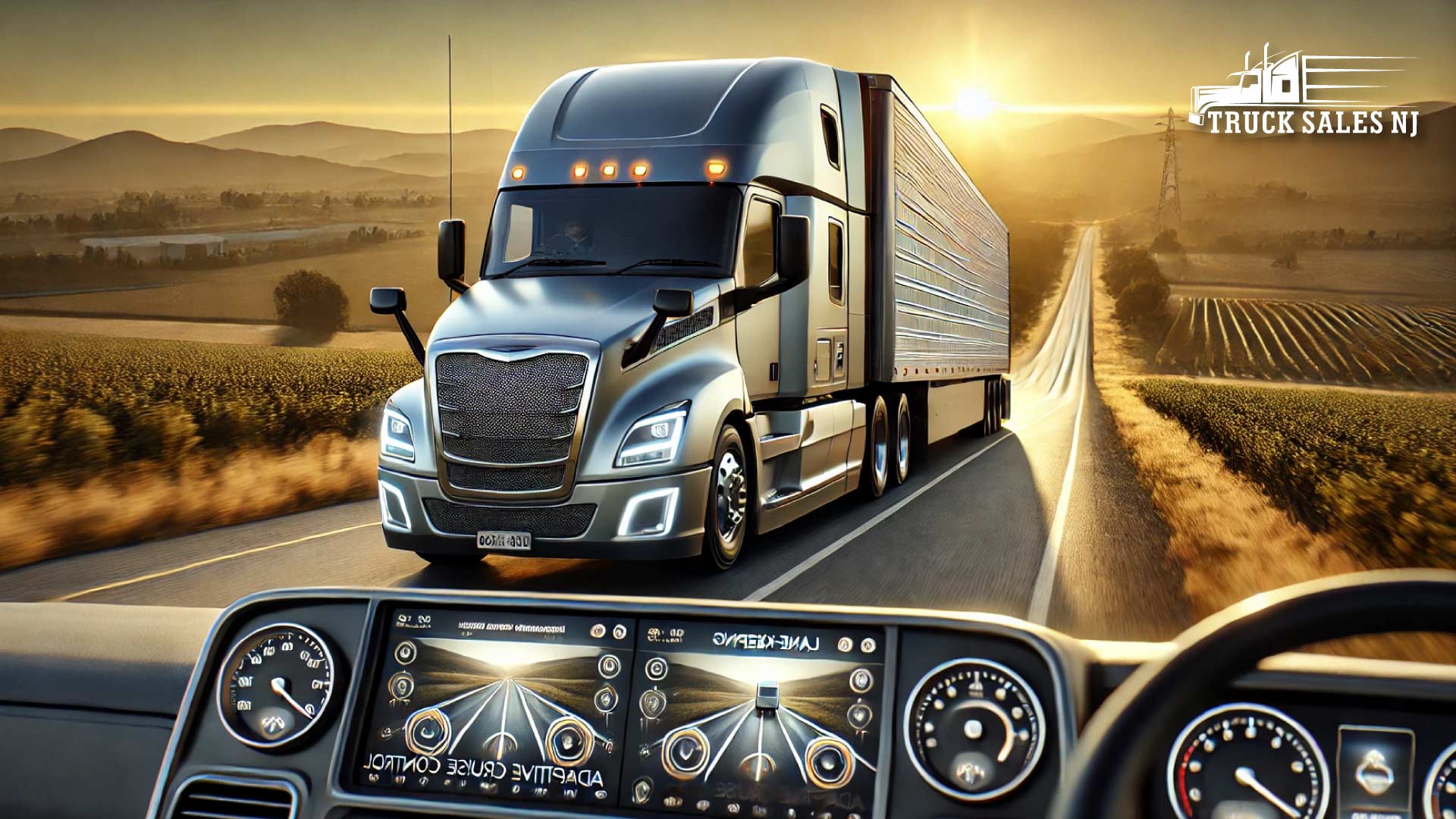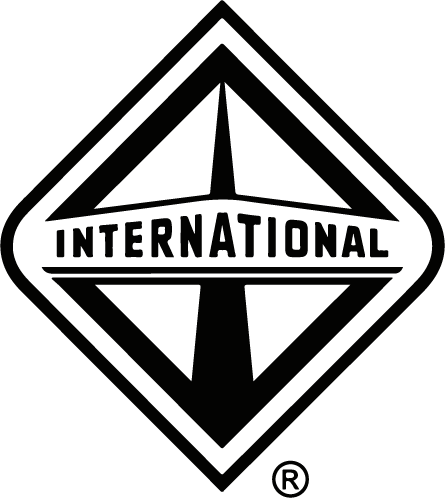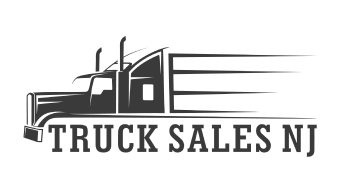Obtaining a Commercial Driver’s License (CDL) is essential for anyone looking to drive commercial vehicles in the United States. The CDL A and CDL B licenses each have their own unique specifications and requirements. Here’s a step-by-step guide on how to obtain these licenses.
Understand the Differences Between CDL A and CDL B
Before starting the process, it’s crucial to understand the differences between the two types of licenses.
CDL A
A Class A CDL allows you to operate any combination of vehicles with a Gross Vehicle Weight Rating (GVWR) of 26,001 or more pounds, provided the towed vehicle is heavier than 10,000 pounds. This license is often required for jobs such as tractor-trailer trucking.
CDL B
A Class B CDL allows you to operate a single vehicle with a GVWR of 26,001 or more pounds, or any such vehicle towing another not in excess of 10,000 pounds. This license is typically used for driving straight trucks, large passenger buses, box trucks, dump trucks, and utility trucks.
Check the Basic Requirements
The basic requirements for obtaining a CDL are generally the same, regardless of the type.
Age and Identification
In most states, you must be at least 21 years old to drive a commercial vehicle across state lines (interstate), or at least 18 years old for intrastate driving. You must also have a valid driver’s license and provide proof of citizenship or lawful permanent residency.
Medical Examination
You must pass a Department of Transportation (DOT) physical examination by a certified medical examiner. This ensures you’re physically fit to operate a commercial vehicle.
Acquire the CDL Learner's Permit
Before you can apply for the actual CDL, you need to obtain a CDL learner’s permit.
Study for the Knowledge Test
You’ll need to pass a knowledge test to obtain the learner’s permit. Study materials and handbooks are often available from your local DMV or truck driving schools.
Take the Knowledge Test
Once you’ve studied, you’ll take the knowledge test at a local DMV office. The test typically covers topics like road safety, trucking regulations, and vehicle operation.
Gain Practical Experience
After obtaining the learner’s permit, it’s time to get behind the wheel.
CDL Training
Many aspiring drivers enroll in professional truck driving schools. These schools provide practical training on operating commercial vehicles.
Behind-the-Wheel Experience
You’re required to log a certain amount of supervised driving hours with your learner’s permit. This varies from state to state, so check with your local DMV for specific requirements.
Take the Skills Test
Once you’ve gained sufficient experience, the final step is passing the skills test.
Prepare for the Test
The skills test usually includes a pre-trip inspection, a basic controls test, and an on-road driving test. Use your training and experience to prepare for this.
Schedule and Take the Skills Test
Schedule your skills test with your local DMV. Ensure you’re comfortable with all parts of the test before you take it.
Once you’ve passed the skills test, you’ll receive your CDL A or CDL B license. Remember, maintaining your CDL also requires safe driving practices and ongoing compliance with all federal and state regulations. Good luck on your journey to becoming a professional commercial driver!

